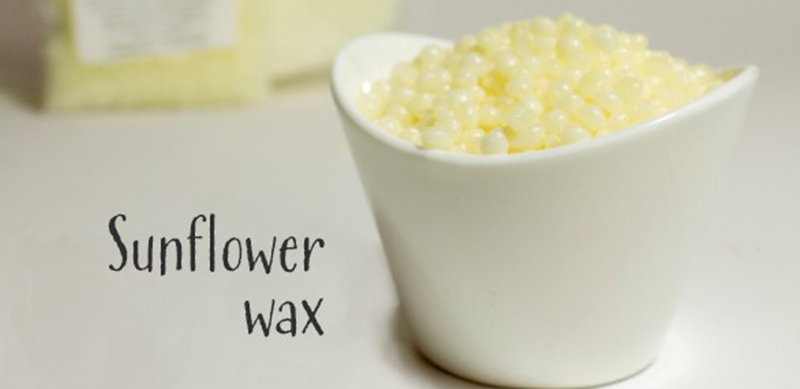Safe Handling Practices For Loose Powder
We here at TKB are handling loose powders all the time and I want to take a moment to remind everyone that constantly inhaling powders is not good for your health. If you have suddenly found yourself in the business of making cosmetics, please take a moment to remind yourself of the following:
Thank you for taking time to review your safe handling practices.
If you have any questions or would like to add a comment, let me know!
Kaila Westerman
- There are people in this world who are particularly sensitive to dust or who have lung disorders which limit lung capacity. It is therefore a good idea to remind your customers that loose powder cosmetics are an inhalation irritant.
- Become serious about what you are doing to protect your health, and the health of those around you. Most of the powders we sell are not particularly hazardous, however any regular exposure to loose powder is simply a bad idea. Please:
- Wear a respirator. We offer "casual" dust masks for casual use, but you need something more industrial grade if you are handling powder on a regular basis.
- Wear latex or rubber gloves. This serves the dual purpose of keeping your hands from contaminating the powder and keeping the powder from contaminating your hands, where it can then be transferred to your mouth and other areas of your body.
- Wash your work clothes regularly. The loose powder that clings to them can be a skin irritant.
- Wipe down all work surfaces and utensils regularly. We wipe down with a damp cloth and then follow up with a spritzer of alcohol and paper towel.
- Consider wearing eye protection. The loose powder can irritate your eyes.
- Always handle bulk powders in an environment which is designed to remove the "dust" from the air. For casual use, simply working in a well-ventilated room may be adequate, but if you are handling powders regularly, we recommend an air purifier at a minimum. We strongly suggest you also use an air venting system. A simple, affordable and effective choice is a stove vent of the type that is above your stove.
Thank you for taking time to review your safe handling practices.
If you have any questions or would like to add a comment, let me know!
Kaila Westerman
